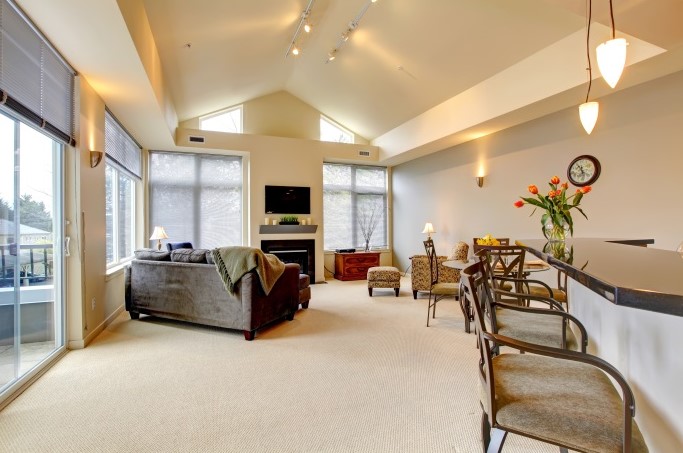
Lighting Made Easy: Discover the Benefits of Directional Rail Lighting
Directional lighting adds drama and sets the mood in a space. It also highlights art on a gallery wall, a living room couch, or other focal points in the home. Different types of directional lighting can be found throughout the house, with track and cable systems being common choices. Both are low-voltage and work well with existing electrical outlets.
Energy Efficiency
Lighting designers can create an effective track lighting scheme that utilizes multiple light sources. These include standard incandescent bulbs, low-voltage halogen/krypton or fluorescent, and energy-efficient LED. The lights can be activated or dimmed in different room parts for a more customized lighting experience. Directional lighting is popular in galleries and living rooms because it can highlight framed artwork, prized collections, or conversation pieces. It can also be used in a retail setting to spotlight a specific product or display. Track, monorail, and cable lighting are all types of directional rail lighting Kansas City that have the benefit of being easy to maintain. Unlike traditional track systems that use boxes or bars, these unique lighting fixtures are suspended from the ceiling using cables that can be bent and curved to create an industrial aesthetic.
Durability
You’ve seen directional lighting in art galleries and museums, and it can also work well for highlighting the features of your home. You can use it to spotlight prized artwork, conversation pieces, or framed pictures and show off the crown molding in your home. Track systems sit close to the ceiling, out of sight, and are easier to maintain than corded lamps that can get tangled or lose plugs. Their power supply connection needs a junction box; nevertheless, they can operate at low voltage and support several lights connected to a single circuit, saving energy compared to fixtures with a single source. The recessed cans used on track systems are made of durable aluminum and have a rust-resistant coating. They are also available in various colors and finishes to suit your décor.
Aesthetics
The many options for directional lighting allow homeowners to create unique looks in their homes. They can highlight crown molding, artwork, or plants to draw attention to these features and make their home stand out. Directional lighting can be used with other types of lights to set a mood. For example, recessed downlights can be combined with a decorative chandelier to brighten a foyer or family room. At the same time, accent lighting can show off a piece of art or architectural design in a living space. In addition to its versatility, track lighting has a clean, streamlined look that fits well with modern decor. It is also a great alternative to corded lamps, which can quickly clutter living spaces and limit how many electrical outlets are available.
Directional Light
Directional rail lighting provides multiple benefits for your home. Its directional light makes it ideal for spotlighting artwork on a gallery wall and accenting conversation pieces like framed photos. It also doubles as task lighting for workspaces like kitchen islands and countertops. Its adjustability also makes it easy to reposition lights to account for rearranged furniture or other changes in your space. Different track systems offer a wide variety of styles that blend with both traditional and modern designs. Monorail fixtures provide a more industrial aesthetic with metal turnbuckles and cable systems.
Flexibility
Many track systems use multiple light fixtures easily aimed up or down and around the room to highlight specific artwork, furniture pieces, architectural designs, and more. Layering your lighting scheme helps you achieve the right look and balance. Still, it’s also essential to have flexibility in your light sources so that if one fixture needs maintenance or change, other light sources can fill in and provide a great experience. While track, monorail, and cable lighting all offer some degree of flexibility in installation and use, each is different. For example, each channel has an exposed electrical conduit that rests in grooves and contacts with the metal base of a light to power it. These track systems have multiple lights on a single circuit, and two-circuit systems are available for larger commercial projects.